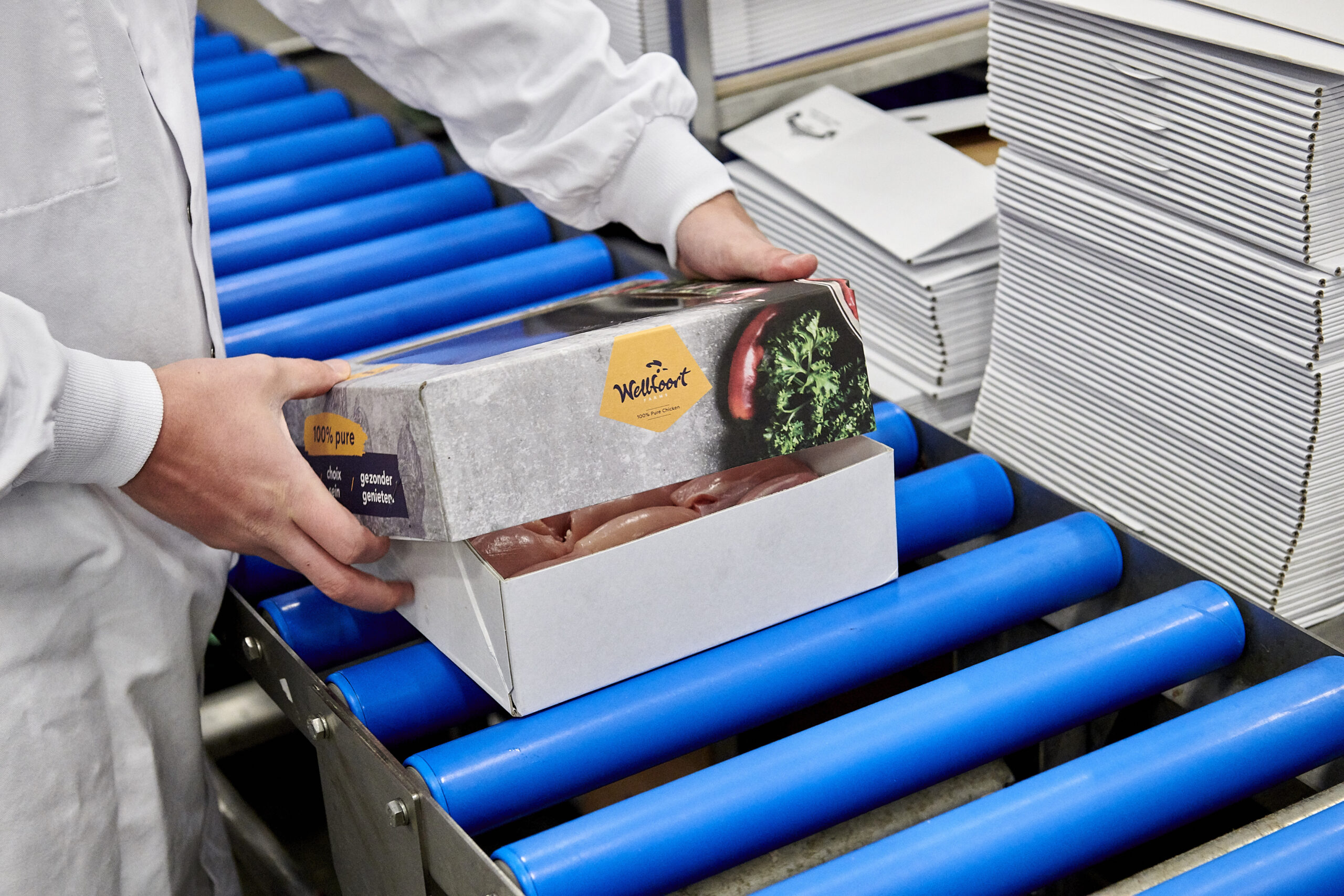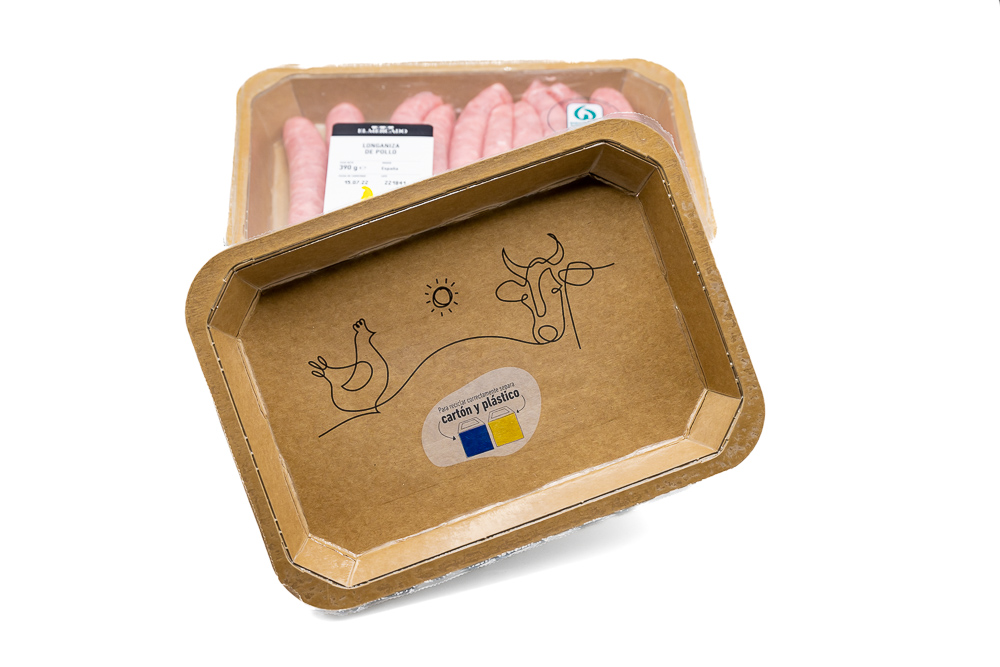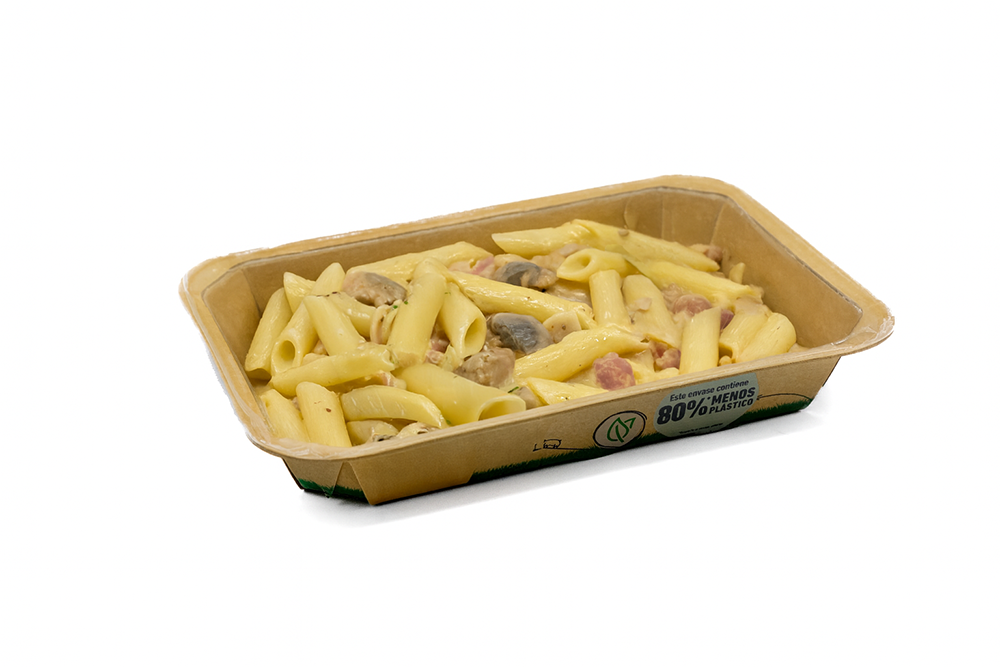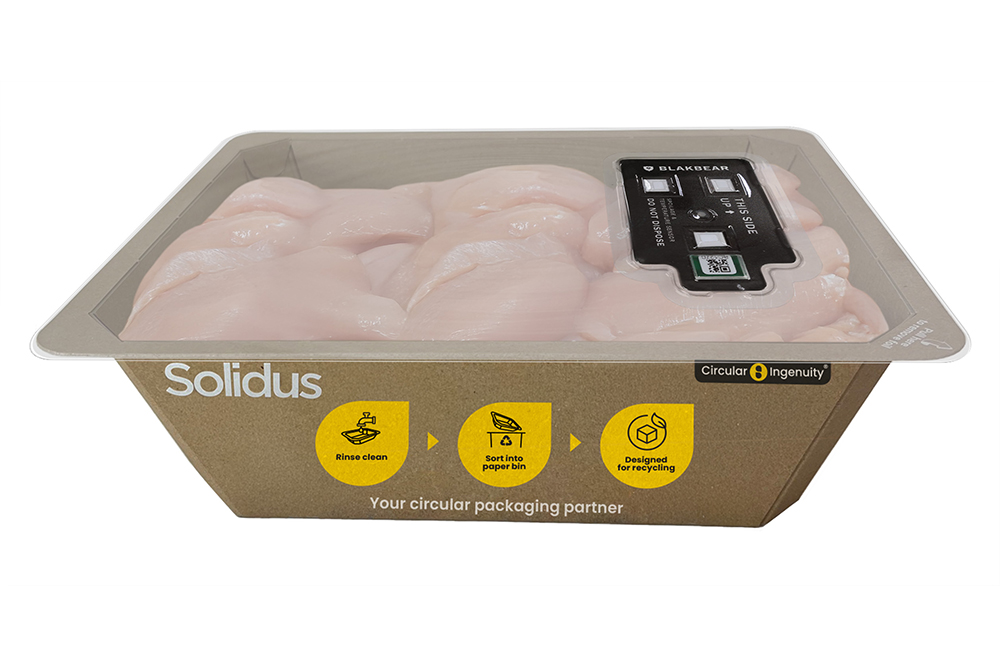Blog
Meat packaging from Farm to Fork with less waste
The conversation around sustainable meat packaging has shifted
Sustainable meat packaging: reducing food waste with smarter solutions
What was once seen as a compliance issue or marketing checkbox has now become a strategic lever for operational efficiency, brand differentiation, and food waste reduction.
Globally, around 13.2 percent of food produced is lost between harvest and retail, while an estimated 19 percent of total global food production is wasted in households, in food service and in retail all together.

For industry leaders across the meat supply chain, from traders and processors to retailers, the time to reimagine meat packaging is now.
Packaging is proving to be a powerful enabler of sustainability, performance and food preservation. Here’s how forward-thinking companies are unlocking value through packaging that does more than just contain.
Meat packaging solutions to extend shelf life
As global awareness of food waste and sustainability continues to grow, the meat industry faces increased pressure to innovate not only in sourcing and processing, but also in packaging. Sustainable meat packaging plays a vital role in extending shelf life, maintaining food safety, and ultimately reducing waste, both in retail and consumers’ homes.
Spoilage isn’t just a food waste problem, it’s a cost centre that erodes margins and undermines consumer trust. Solid board packaging enhanced with barrier coatings and protective inner layers are transforming shelf life management into a competitive edge. The packaging combined with advanced protective coatings or inner layers helps safeguard meat products from oxygen, moisture, and contamination. This robust barrier system significantly extends shelf life, ensuring that your products arrive at their destination and stay fresh for longer on store shelves.
Why it matters
- Prolonged freshness gives processors more flexibility in distribution and retail display
- Traders can navigate longer transport windows with less risk of loss
- Retailers experience fewer markdowns and more consistent product quality
Smart portioning with MAP trays reduces food waste
Not everyone needs a family-size steak pack, and that’s where our Modified Atmosphere Packaging ‘MAP’ trays and skin packaging come into play. These formats from our Solidus Futurline® range allow for portion-sized packs, so consumers can buy exactly what they need with minimal leftovers.
By catering to smaller households and individual needs, smart portioning helps reduce over-purchasing and spoilage at home. The rise of portion-controlled packaging, enabled by MAP trays and skin packaging, is a direct response to how today’s consumers shop: purposefully, mindfully, and often in smaller households.
Why it matters
- Offer formats that reflect actual consumption behaviour, not just unit economics
- Reduce food waste at the consumer level by enabling people to only buy what they will use
- Elevate brand perception as a company that understands and supports sustainable living

One of the key features of solid board packaging is its ability to control moisture
Meat is packaged chilled or frozen, often in a humid environment. A solid board box is robust, compact and retains its maximum strength even in humid conditions. By minimising condensation inside the pack, it creates an environment that discourages bacterial growth and preserves the texture and taste of meat products. This moisture control enhances freshness and extends usability, reducing the volume of meat discarded due to premature spoilage. Products packed in fibre-based board freezes much faster, making it an excellent choice for meat packaging.
Why it matters
- Packaging with poor moisture resistance can lead to food waste, reducing shelf life and posing food safety risks
- Moisture-resistant packaging reduces drip loss and dehydration, keeping meat fresh longer for transport, sale and consumption
- Moisture barriers preserve meat’s appearance, flavour and texture, which are key to consumer satisfaction
Data-driven meat packaging enhances traceability and trust
Packaging is increasingly becoming a communication platform
With high-quality print and smart features such as QR codes, companies are empowering buyers and supply chain partners with origin data, usage guidance and real-time tracking of shelf life. Solidus actively integrates technology into its board and packaging solutions to create smart and connected packaging. For example, by collaborating with tech companies and integrating a food spoilage sensor into our Solidus MAP trays, we enable real-time data tracking and shelf life predictions, reducing food waste across the entire supply chain.
Why it matters
- Enhanced trust and traceability, especially in export markets
- Streamlined inventory management and waste reduction in-store
- Opportunities for deeper brand engagement with end users
Solidus supports sustainable meat packaging trends with innovative, circular fibre-based solutions that extend shelf life, prevent spoilage, and reduce global food waste. From solid board transport boxes to MAP retail packaging, Solidus enables more sustainable practices, helping you lower your environmental impact.
Discover more, please contact us info@solidus.com


